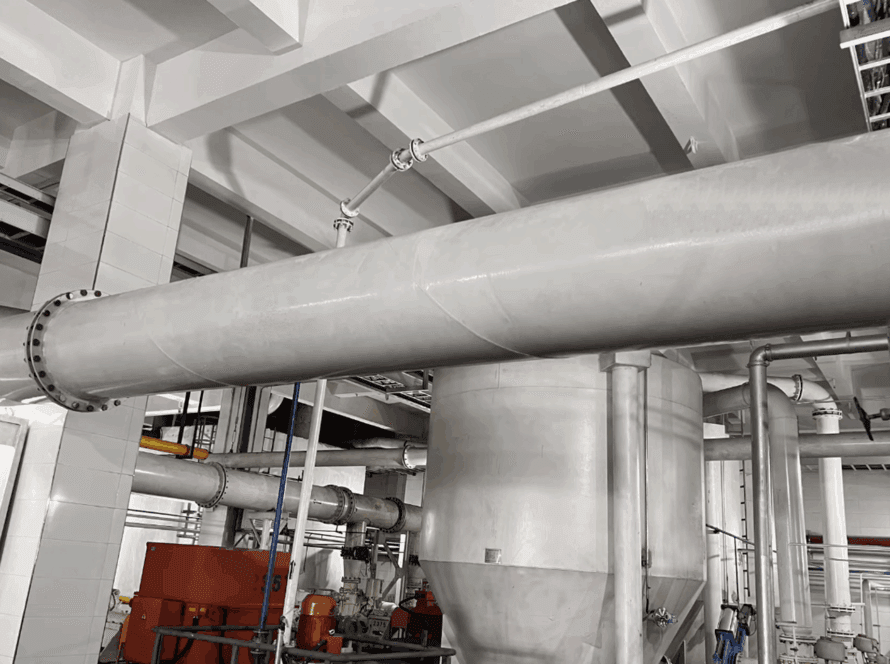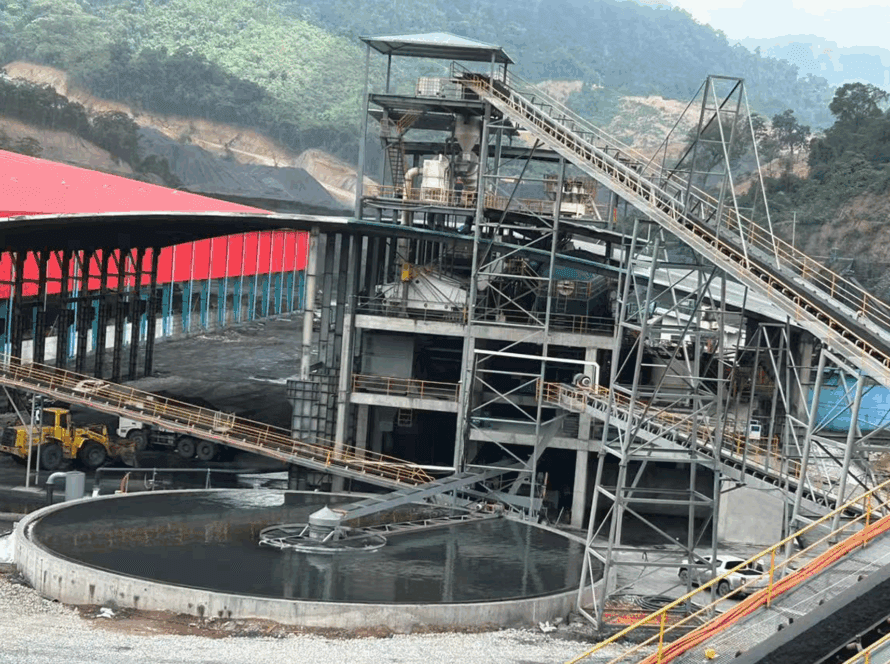A hydraulic hydrocyclone is a static separation device with a simple structure but excellent separation efficiency. Its main structure consists of an upper cylindrical section and a lower conical section. This device operates based on the principle of centrifugal settling: when the pressurized solid-liquid mixture enters from the tangential inlet, a high-speed rotating flow field is formed inside the cavity. In this strong swirling flow field, particles of different sizes are separated due to differential mechanical effects – larger particles migrate outward under strong centrifugal force, while being influenced by fluid drag and gravity to spiral down along the wall; Fine particles and liquids, on the other hand, maintain an upward vortex in the inner layer due to insufficient centrifugal force. As the flow cross-section gradually shrinks in the cone section, this separation effect is further enhanced: the outer layer of concentrated coarse particle flow is ultimately discharged from the bottom outlet (sedimentation), while the inner layer of swirling flow rich in fine particles is discharged through the central overflow pipe (overflow). This unique flow pattern enables precise classification of particles according to their size, and the entire process can achieve efficient solid-liquid separation without any moving parts.
Gudan Industrial Zone, Xinghualing District, Taiyuan City, Shanxi Province



